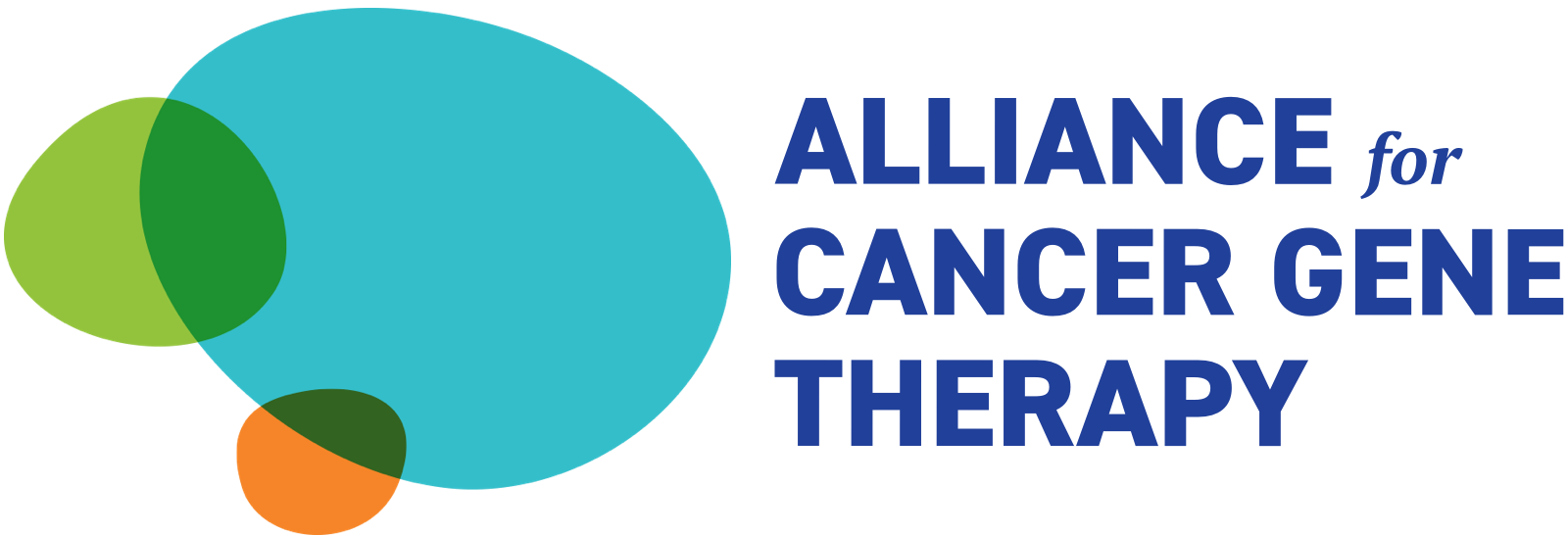Relapsed or drug-resistant leukemia and/or lymphoma are very difficult to cure using the traditional work horses of cancer therapy, surgery, radiation and chemotherapy. New classes of therapies need to be developed. In my laboratory we are using the patient’s immune system to directly attack the disease. This therapy harnesses the power of T cells, a type of immune cell, and uses gene therapy to redirect the function of the T cell so that it can target a patient’s leukemia and/or lymphoma. These are exciting times for immune-based therapy and we expect that the experiments funded by ACGT will provide critical insights into designing new ways of using T-cells to treat patients.
ACGT funds were used to genetically modify T cells to redirect their specificity to desired tumor-associated antigens (TAA). This was accomplished by the development of a chimeric antigen receptor (CAR) that redirects specificity to TAA displayed on the cell surface independent of the major histocompatibility complex (MHC). Over the course of our funding we developed a 1st generation CAR that relies solely on CD3-ζ endodomain to activate T cells for CAR-dependent lysis (major finding #1). This resulted in our first gene therapy trial infusing CD19-specific CAR+ T cells after lymphodepleting chemotherapy (major finding #2). This trial showed that the design of the CAR was insufficient to fully-activate T cells for a fully competent signal and that the presence of bacterial and viral transgenes in the expression vector led to deleterious immune-mediated clearance. Therefore, a 2nd generation CAR was designed that could not only lyse CD19+ tumor targets, but could activate the T cells for sustained proliferation by signaling through CD28 as well as CD3-ζ (major finding #3). We developed a new non-viral gene transfer strategy based on the Sleeping Beauty (SB) system (major finding #4) to improve the efficiency of CAR integration and together with the development of CD19+ artificial antigen presenting cells (aAPC, major finding #5), we developed an approach to generate T cells without the need to express immunogenic transgenes. A next-generation clinical trial for first-in-human application of the SB system and CD19+ aAPC has been favorably reviewed by NIH-OBA (major finding #6) and is currently being reviewed by the FDA (major finding #7). This upcoming trial will infuse autologous 2nd generation CD19-specific T cells in patients who are undergoing autologous hematopoietic stem-cell transplantation. In addition to developing the scientific rational for targeted therapy using CAR+ T cells we also developed the infrastructure to translate basic immunology into applied practice by establishing a laboratory within a laboratory that operates in compliance with current good laboratory practices. This group works seamlessly with the manufacturing team to generate clinical-grade T cells in compliance with current good manufacturing practice. Furthermore, we established a clinical trials team to be able to conduct gene therapy trials, including a regulatory affairs group to handle the administrative burden of reporting to institutional and federal regulatory oversight bodies. And, we put in place a group to undertake correlative studies to help understand the biologic impact of adoptive transfer of T cells. In aggregate, with the help of ACGT funding we were able to develop a program to genetically modify T cells with desired specificity for CD19+ tumors and initiate a series of gene therapy trials to test the safety and feasibility of infusing CAR+ T cells.








